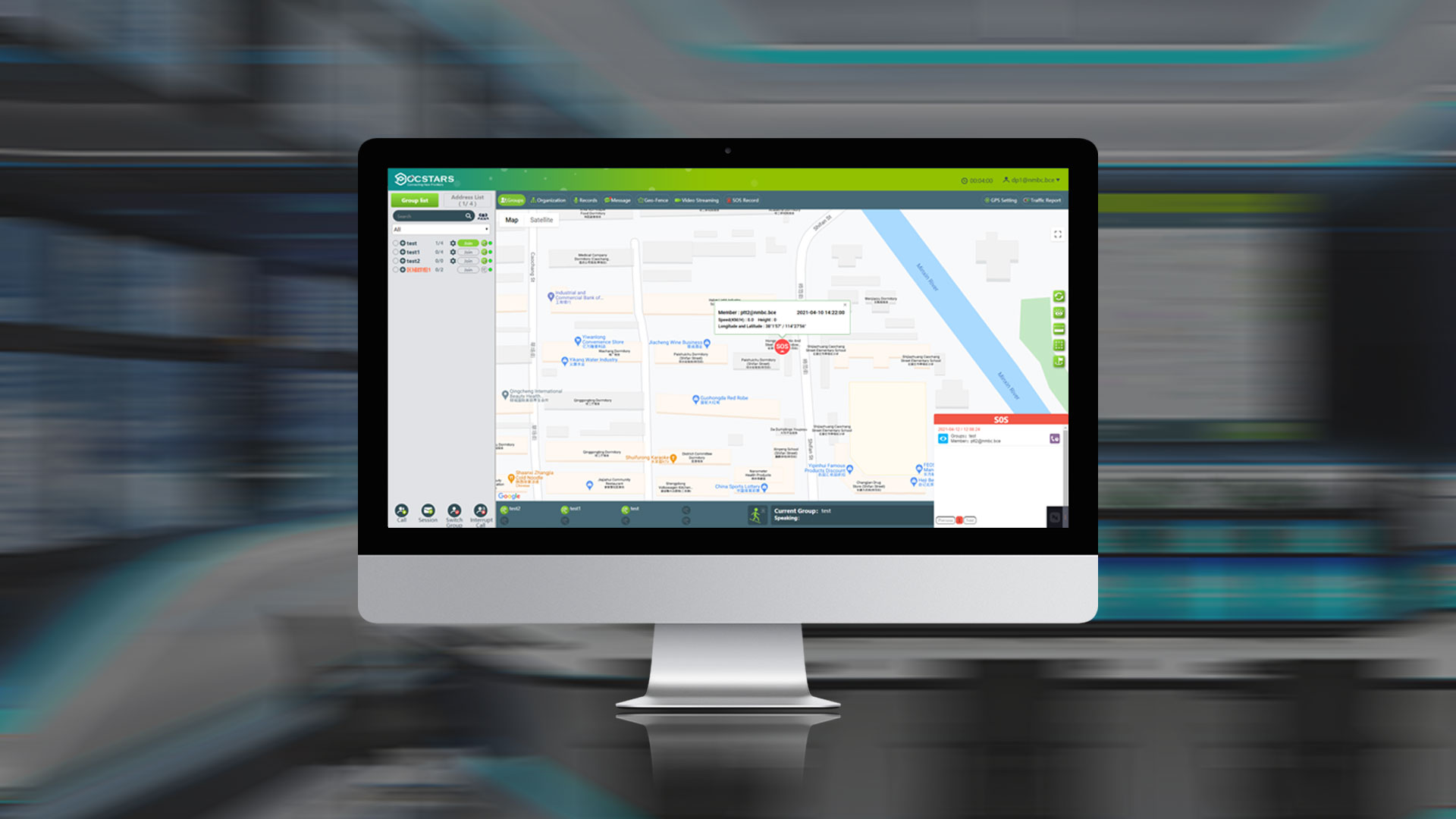
Forestry Bureau Adopts POCSTARS Push-to-talk and Dispatching System
The leading Push-to-talk over Cellular (PoC) communications solution provider POCSTARS recently delivered push-to-talk (PTT) and dispatching systems to a Forestry Bureau in Northeast China, facilitating seamless communications among the inspectors in the field and with the control center.

Forestry management is one of the priorities for governments of different levels in China. Forest inspectors form the professional task forces managing wide expanse of woodland on the daily basis.
To increase the task forces’ efficiency in protecting and managing the nation’s most important natural resources and ensure their safety when working in the depth of woods, the Forestry Bureau decided to further optimize its private communications networks.
Customer Pain Point
1. Most forestry bureaus have already deployed private PTT systems, but the system coverage is limited. The infrastructure investment required to setup full two-way radio coverage is huge.
2. Traditional analog two-way radios offer voice calls only; the data capacity is neglectable.
3. The cost of digital two-way radios is relatively higher. Since the radio fleet is big, it is another source of financial pressure to forestry bureaus.
4. When the inspectors arrive at the designated position, they are required to clock the position via NFC. This is for the purpose of effectively eliminating the inspector negligence.
5. When the inspectors run into emergencies, they should be able to swiftly report to the control center, and the dispatcher should be able to locate everyone in the field and organize emergency handling in a visualized way.
POCSTARS’ Solutions
Considering customers’ pain points and combining its own expertise, POCSTARS analyzes the needs and design a PoC and dispatching system that meets the specific needs of forestry work forces. With the help of this system, real-time voice calls can be established among forest inspectors. It leverages public carriers’ networks to complement the private networks, keeping blind spots to the minimum. When inspectors go deep into the forest, where the system coverage diminishes, the PTT & PoC dual-mode terminals can switch to the direct mode for device-to-device communications. The system supports multimedia interaction thanks to the data capacity of public carriers.
The dispatch console monitors the working status of the frontline inspectors, and calls the inspectors directly to request briefing, when the situation requires. When the inspector needs support under special circumstances, he can quickly send SOS to the dispatch console and nearby personnel via one-key alert. Based on the positioning information, the surrounding personnel can quickly go to rescue. All the voice and video calls are stored in the server, and the retention period can be preset as needed. Through the trunking gateways, the intercommunication is realized between the public PoC and private PTT networks.

Solution Highlights
1. Broad coverage with minimum blind spots.
2. Powerful, rugged, and easy-to-use portable radio with large battery capacity and long standby time.
3. When the inspectors go into the forest where there is no system coverage, they can delay position reporting and resume after back into coverage.
4. Safety features such as SOS alert and location sharing make forest inspection safer.
5. The system supports encryption per the bureau’s decision. When a terminal is lost, it can be locked remotely.
6. The public and private hybrid system is cost-effective.